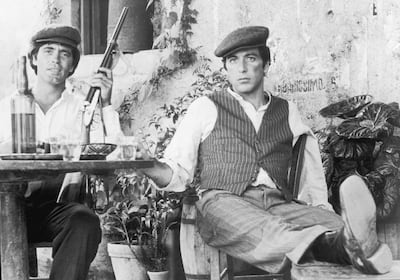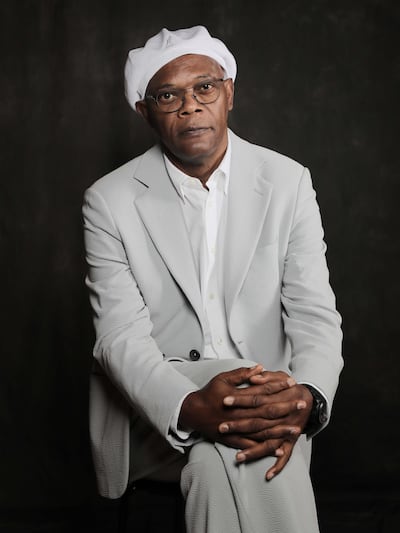The flat cap – best described as a low- lying, rounded hat with a short, stiff rim extending out over the eyes – is hardly new. David Beckham may be one of the style's most famous fans, but this simple head covering first appeared centuries ago.
The flat cap began life in the United Kingdom more than 400 years ago when, in a bid to bolster the wool trade, a law was passed in 1571 making it mandatory for every male over the age of six to wear a woollen cap on Sundays and public holidays. Transgressors were fined three farthings (the equivalent today of approximately Dh5). It was only imposed on the working class, as the gentry favoured headgear made from more wanton fabrics such as silk or velvet – the bonnet, as it was then called.
The flat cap became so intrinsic to the working man's uniform that even when the law was abolished 30-odd years later, this style of hat remained popular. Larger and floppier than the compact version we know today, a close relative of the original has survived the ages as the Tudor bonnet, donned by academics to collect their doctorates.
By the 19th century, as head coverings continued to be almost obligatory for both genders, flat caps were still the preserve of the working man, particularly across Ireland, and western and northern England. They were worn by the real-life Peaky Blinders gang, who were most active in 1890s Birmingham, and who inspired the famous BBC drama.
As crowds began to migrate to the United States in search of a better life, the cap went with them, where it acquired myriad names: driving cap, Paddy cap (after the Irish community) and the newsboy, due to its adoption by newspaper delivery boys.
By the 1920s, the hat had been adopted by wealthy Americans and Brits alike, who chose expensive tweed versions to be worn with plus four trousers. But while dandies (and schoolboys) wore theirs with knee-length knickerbockers, the flat cap couldn't shake off its working-class roots. In the 1930s, despite British royal Edward VIII commissioning versions of the flat cap in his own Prince of Wales chequered pattern (which is still used by the present Prince of Wales), London gangland boss Charles Sabini – famous as the man who kept the Peaky Blinders out of the capital – was known to wear a flat cap, along with a waistcoat and collarless shirt.
The headgear has become intrinsic to modern folklore and has appeared countless times on the silver screen. Robert Redford wore the slightly fuller version, known as a baker boy cap, in The Great Gatsby (1974), while both Al Pacino and Robert De Niro wore cloth caps in The Godfather (1972) and The Godfather Part II (1974). Meanwhile, the only thing credible about Dick Van Dyke in the original Mary Poppins film (1964) was his headgear.
Off screen, Denzel Washington is a fan, as is Samuel L Jackson (who wears his back to front), while Leonardo DiCaprio, Benicio Del Toro, Madonna and Brad Pitt have all been papped thus clad.
So, when Peaky Blinders arrived in 2013, bringing the fashion of the 1920s to a new audience, it was no revelation that the flat cap was a style statement, particularly when paired with the cut-glass cheekbones of Cillian Murphy. Last month, Kent & Curwen, the London brand part-owned by Beckham, unveiled a collection created in collaboration with the show, and the flat cap was front and centre. Fittingly, Beckham's son, Brooklyn, donned one to attend the show, carrying on the family tradition.




